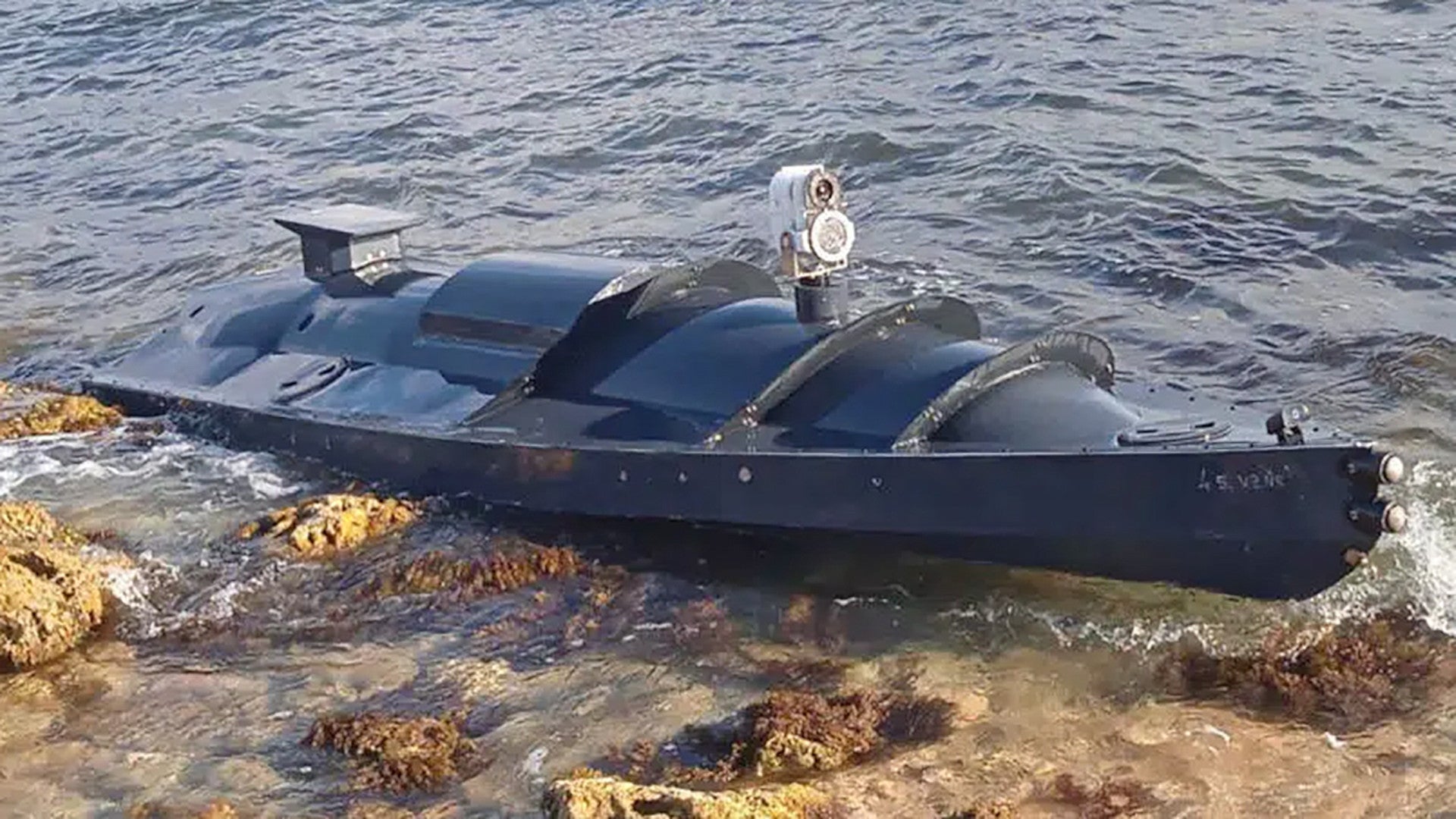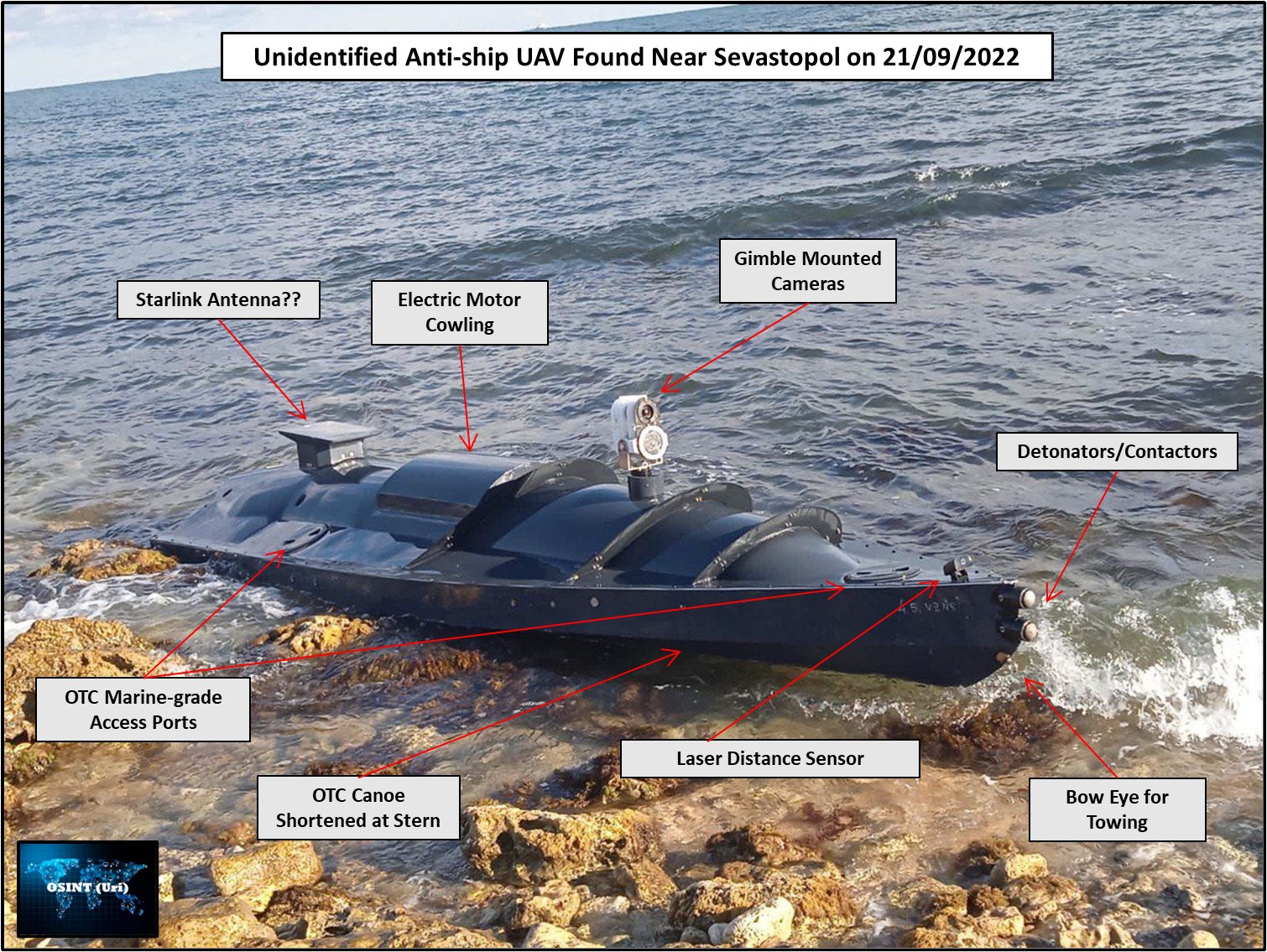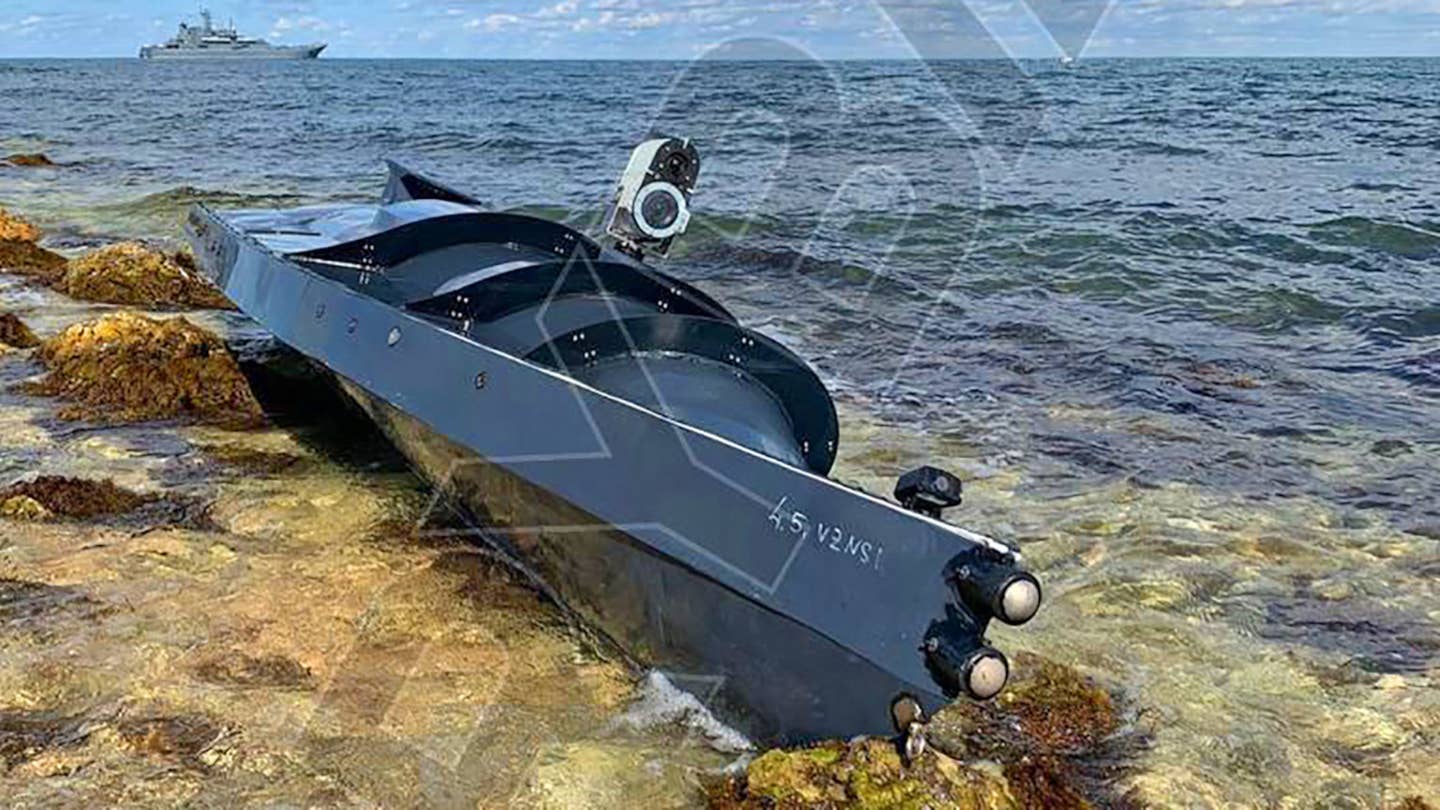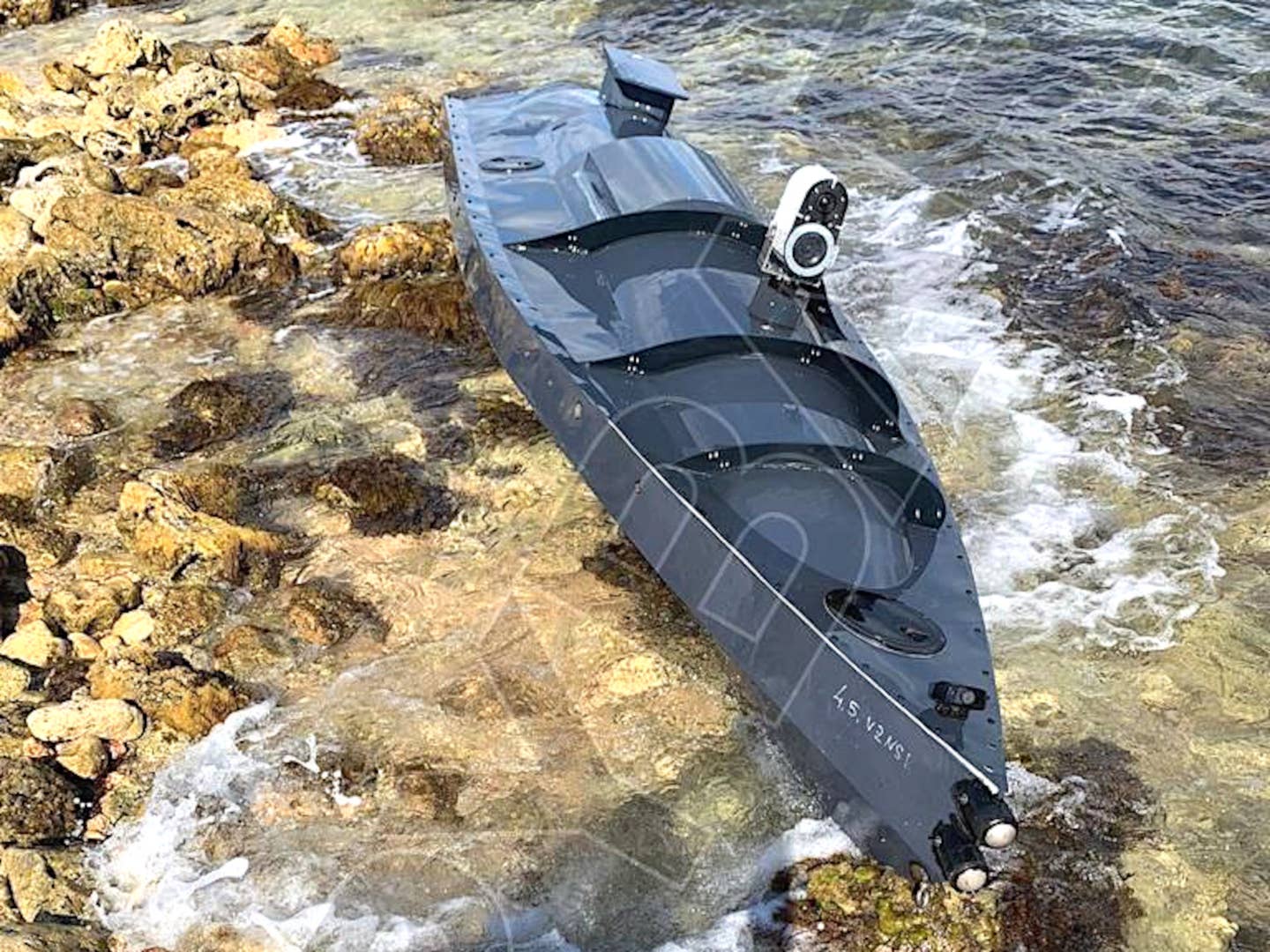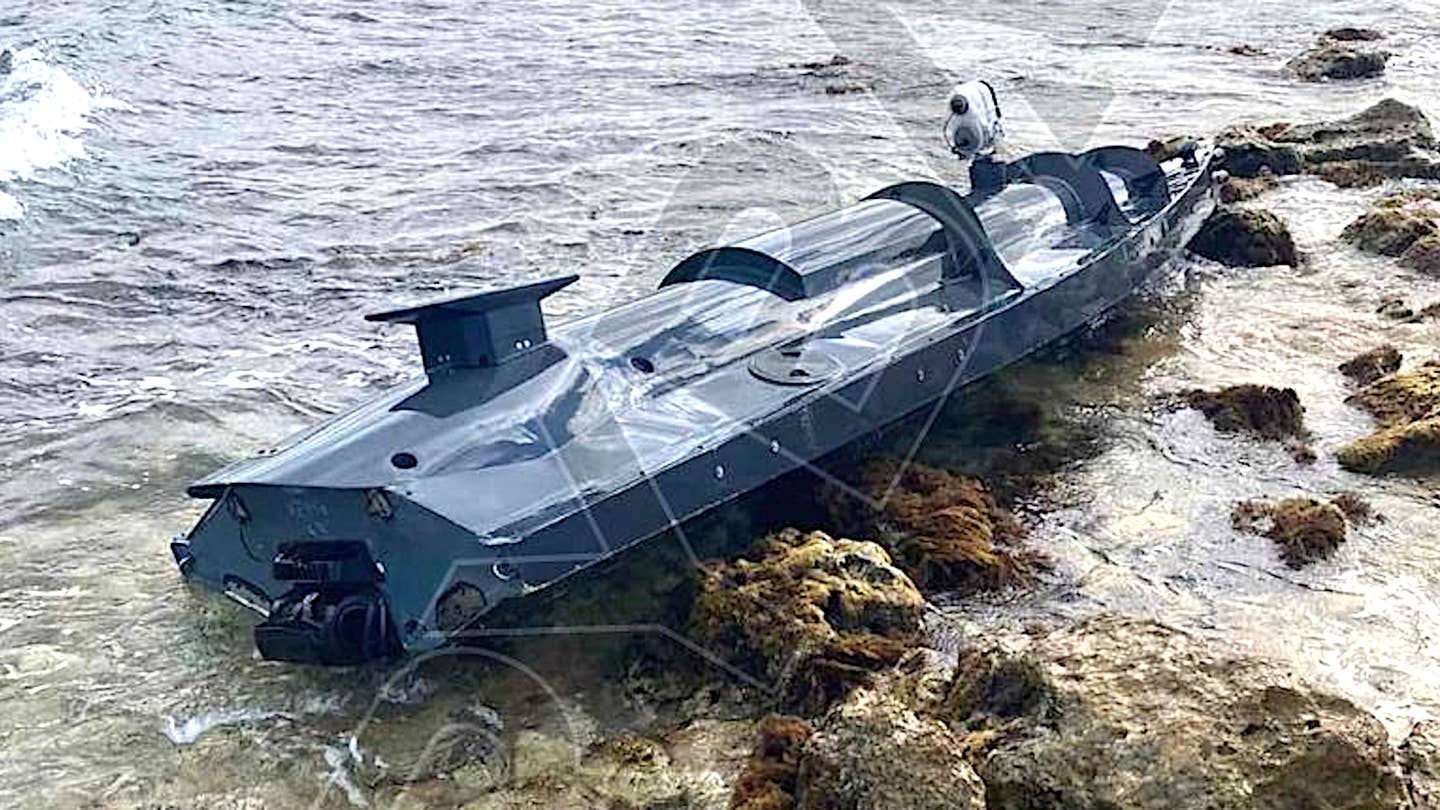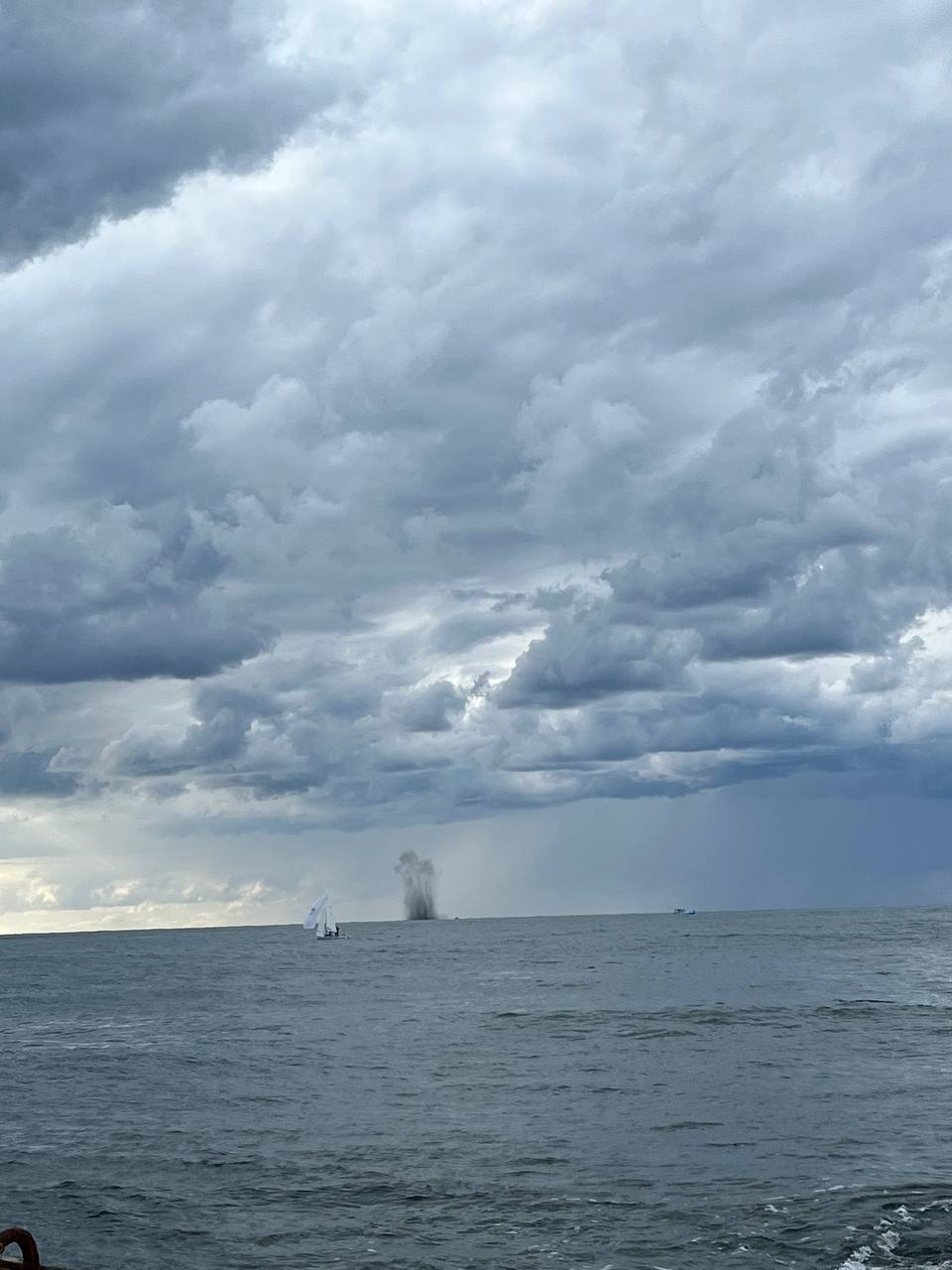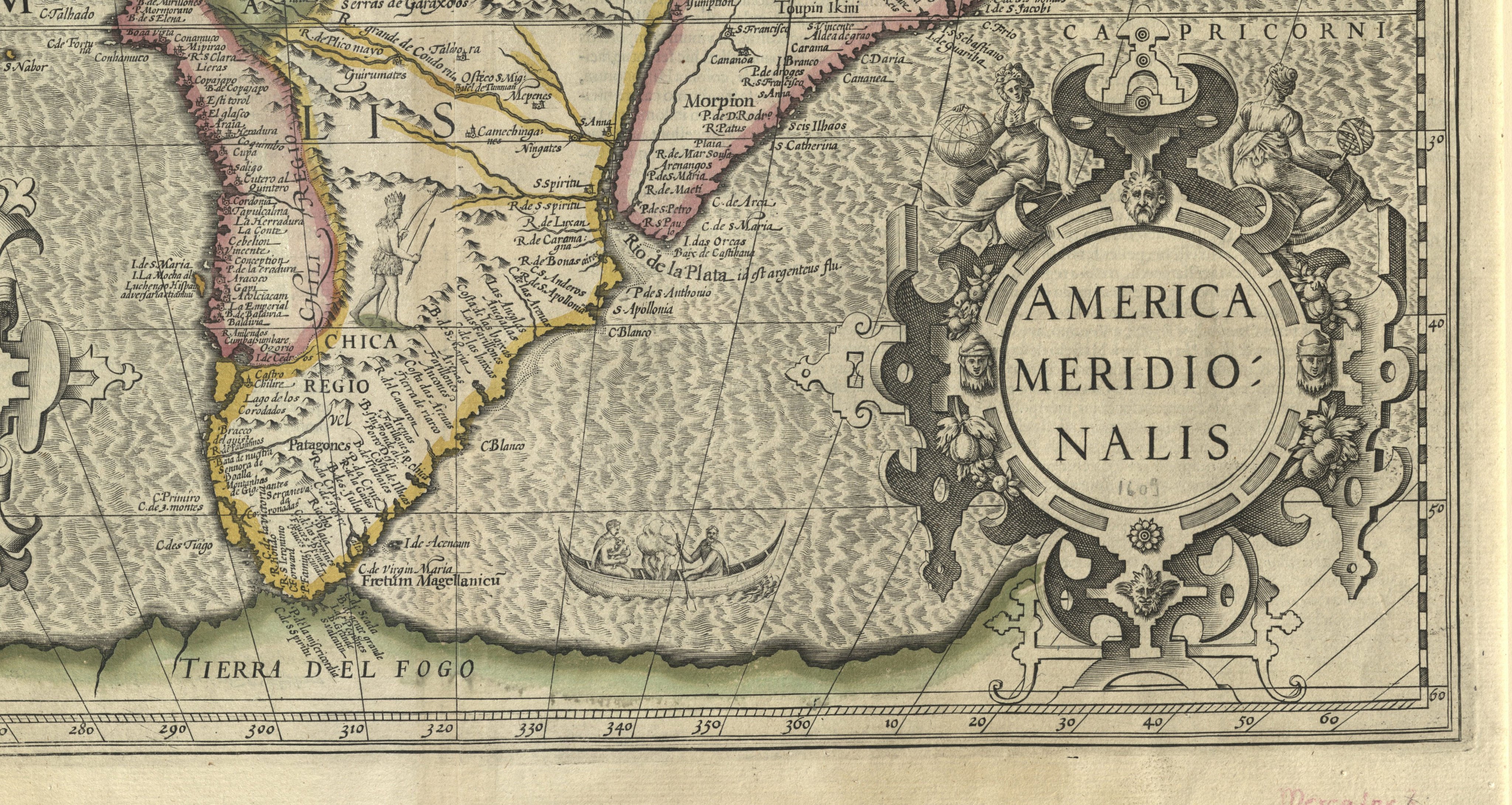The footage was captured Thursday more than 300 miles southwest of Bermuda.
From Saildrone
For the second year, the National Oceanic and Atmospheric Administration (NOAA) and Saildrone are hurricane chasing with uncrewed wind-powered vehicles.
Saildrone Explorer SD 1078 was directed into the midst of Hurricane Fiona, which is currently on a path northward in the Atlantic Ocean and is predicted to impact Bermuda on Thursday night and the Canadian province of Nova Scotia on Friday.
Hurricane Fiona is the first Category 4 storm of the 2022 season. SD 1078 is battling 50-foot waves and winds measured over 100 mph to collect critical scientific data and, in the process, is providing a completely new view of one of Earth’s most destructive forces.
Inside the storm, SD 1078 is sailing at sustained speeds over 9 mph. At one moment, it reached a peak speed of 39.7 mph before surfing down a massive 55-foot wave.
SD 1078 is one of seven “hurricane” saildrones that have been operating in the Atlantic Ocean and Gulf of Mexico during this hurricane season, gathering data around the clock to help understand the physical processes of hurricanes.
Inside the storm, SD 1078 is sailing at sustained speeds over 9 mph. At one moment, it reached a peak speed of 39.7 mph before surfing down a massive 55-foot wave.
SD 1078 is one of seven “hurricane” saildrones that have been operating in the Atlantic Ocean and Gulf of Mexico during this hurricane season, gathering data around the clock to help understand the physical processes of hurricanes.
This knowledge is critical to improving storm forecasting and is expected to reduce the loss of human life by enabling better preparedness in coastal communities.
“Saildrone is once again demonstrating its ability to provide critical ocean data in the most extreme weather conditions. Hurricane Fiona intensified from a tropical storm to a Category 1 hurricane just before hitting Puerto Rico, causing significant damage and loss of life,” said Richard Jenkins, Saildrone founder and CEO. “The data Saildrone vehicles are gathering will help the science community better understand rapid intensification, giving people living in our coastal communities more time to prepare.”
Saildrone provides data directly to NOAA’s Pacific Marine Environmental Laboratory (PMEL) and Atlantic Oceanographic and Meteorological Laboratory (AOML), Saildrone’s partners in this mission.
The seven saildrones are a part of a larger NOAA endeavor to understand hurricane intensification. NOAA also has underwater gliders, surface drifters, profiling floats, and aerial assets to collectively gain deeper insight than ever before into the development of hurricanes.
“Saildrone is once again demonstrating its ability to provide critical ocean data in the most extreme weather conditions. Hurricane Fiona intensified from a tropical storm to a Category 1 hurricane just before hitting Puerto Rico, causing significant damage and loss of life,” said Richard Jenkins, Saildrone founder and CEO. “The data Saildrone vehicles are gathering will help the science community better understand rapid intensification, giving people living in our coastal communities more time to prepare.”
Saildrone provides data directly to NOAA’s Pacific Marine Environmental Laboratory (PMEL) and Atlantic Oceanographic and Meteorological Laboratory (AOML), Saildrone’s partners in this mission.
The seven saildrones are a part of a larger NOAA endeavor to understand hurricane intensification. NOAA also has underwater gliders, surface drifters, profiling floats, and aerial assets to collectively gain deeper insight than ever before into the development of hurricanes.
NOAA Hurricane Hunter aircraft and weather buoys gather an array of operational weather observations that are essential to hurricane forecasts.
“Uncrewed systems in the air, on the ocean surface, and underwater have the potential to transform how NOAA meets its mission to better understand the environment,” said Capt. Philip Hall, director of NOAA’s Uncrewed Systems Operations Center, which is providing funding for the Saildrone effort. “These exciting emerging technologies provide NOAA with another valuable tool that can collect data in places we can’t get to with other observing systems.”
SD 1078 is the fourth Saildrone USV to engage with Hurricane Fiona.
“Uncrewed systems in the air, on the ocean surface, and underwater have the potential to transform how NOAA meets its mission to better understand the environment,” said Capt. Philip Hall, director of NOAA’s Uncrewed Systems Operations Center, which is providing funding for the Saildrone effort. “These exciting emerging technologies provide NOAA with another valuable tool that can collect data in places we can’t get to with other observing systems.”
SD 1078 is the fourth Saildrone USV to engage with Hurricane Fiona.
It was still a tropical storm when it passed over SD 1083, stationed 400 nm east of Montserrat; the vehicle measured wind speeds gusting over 40 mph.
The storm continued on a trajectory due west and had strengthened to a Category 1 as it passed over SD 1031, stationed just south of Puerto Rico, where Fiona first made landfall.
The vehicle recorded waves up to 46 feet high and wind speeds over 70 mph, which dropped abruptly to as low as 10 mph when SD 1031 was in the eye of the storm.
While inside the eye, SD 1031 recorded a minimum central pressure of 986 mb.
Stationed north of Puerto Rico, SD 1040 recorded wind speeds over 60 mph and 40-foot waves on the edge of the storm.
The data collected by the multiple Saildrone USVs interacting with Hurricane Fiona will provide invaluable information to help better understand the formation of these deadly weather systems.
This is the second video footage Saildrone has released from inside a major hurricane: Last year, SD 1045 spent 24 hours inside Category 4 Hurricane Sam, sending back high-resolution video and images in near real time.
This is the second video footage Saildrone has released from inside a major hurricane: Last year, SD 1045 spent 24 hours inside Category 4 Hurricane Sam, sending back high-resolution video and images in near real time.
SD 1045 made history when it sailed into Hurricane Sam, but in fact, all five vehicles in the 2021 mission contributed important insight into hurricane rapid intensification by sampling near other tropical storms—Fred, Grace, Henri, Mindy, and Peter.
